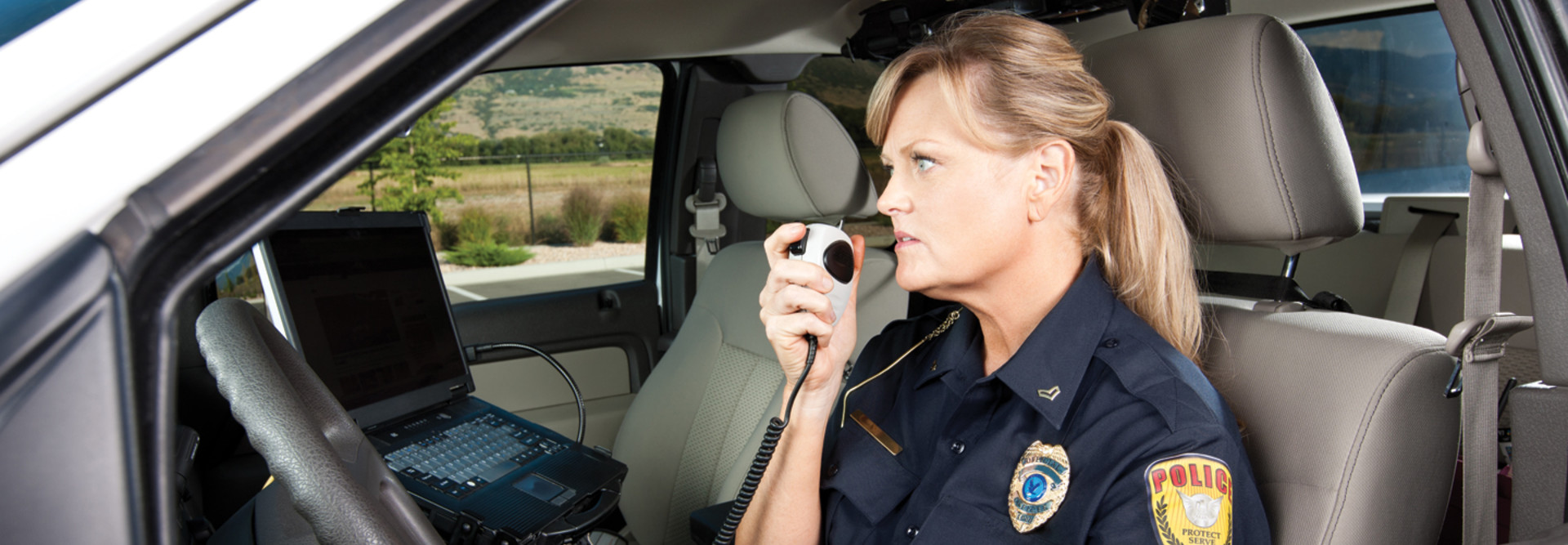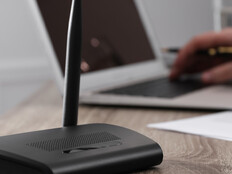Law Enforcement Ponders Shift in Radio Communications
Public safety faces an ever-expanding need for bandwidth. Rand, for example, points to a number of key areas where enhanced connectivity would augment police operations.
There are communications “to the field” that provide officers with augmented situational awareness. Then, there are “from the field” requirements as departments track officers’ location and status. Rand also cites the growing need to transmit dashcam and other video feeds, fingerprints and other scans, and biometric data to track officer health.
In Los Angeles, public safety officials say they are exploring radio backhaul as a potential way to meet some of those needs.
“We’re talking about upgrading our radio in a way that it can carry a missing-person picture or similar graphic that police in the field would want to see,” says Duncan Angami, senior communications engineer for the L.A. Police Department.
Such a shift would require certain technical adjustments, and the city is considering ways to support that effort, given the potential for radio backhaul to augment its other avenues of communication.
“If we wanted to use the radio backhaul for things like email or documents, we would need routers and switches,” Angami says. “Right now, the city of Los Angeles has a contract with Cisco, with Cisco equipment in 400 square miles of buildings and clean room and control room environments.”
That vast physical footprint means technical leaders will need to strategize thoughtfully around a possible shift to radio-supported data communications. Most commercial equipment is designed for environmentally controlled surroundings, and the need in Los Angeles is somewhat more rigorous.
“Our radio equipment is located on over 200 sites in remote mountains, with no environmental controls,” Angami says. “We had a vendor attempt to use commercial switches there, but the equipment did not survive in that environment. So, we would need a manufacturer that has a focus on these kinds of remote mountain sites.”
RELATED: How can emerging tech enhance emergency response in smart cities?
First Responders Eye Limitations of Cellular Networks
Of course, there’s always the cellular option. With 5G and the rising First Responder Network Authority (FirstNet) broadband network, police departments have options. 5G has big capacity and low latency; FirstNet was designed specifically to support the data needs of first responders. Still, there are caveats to consider here.












